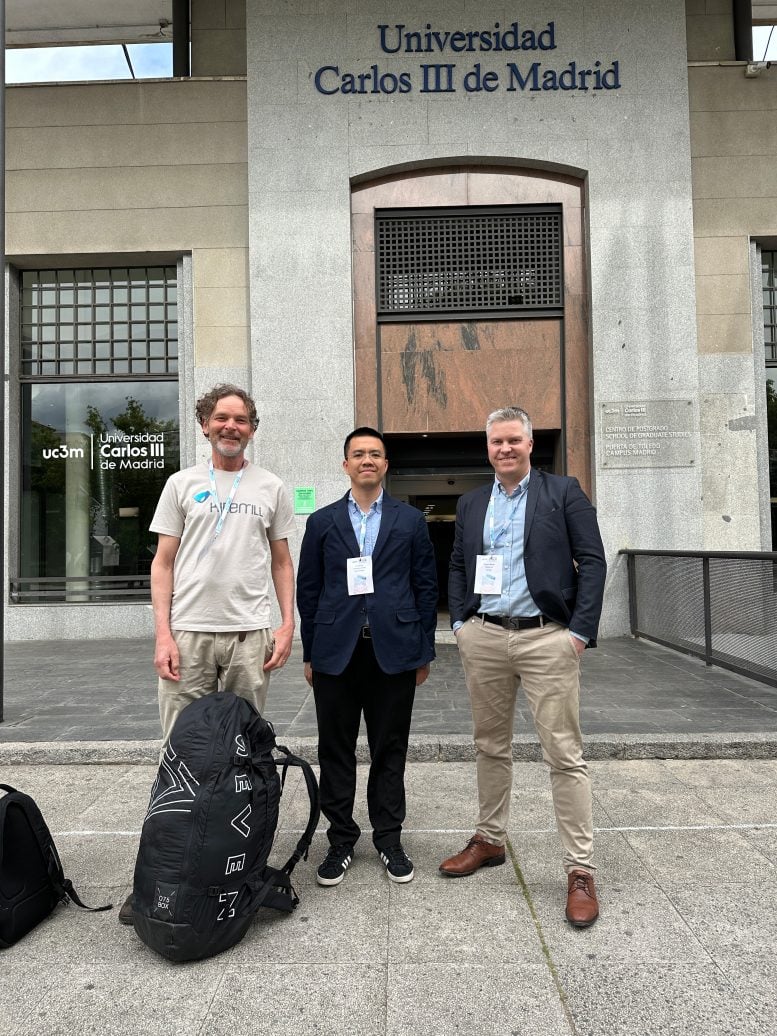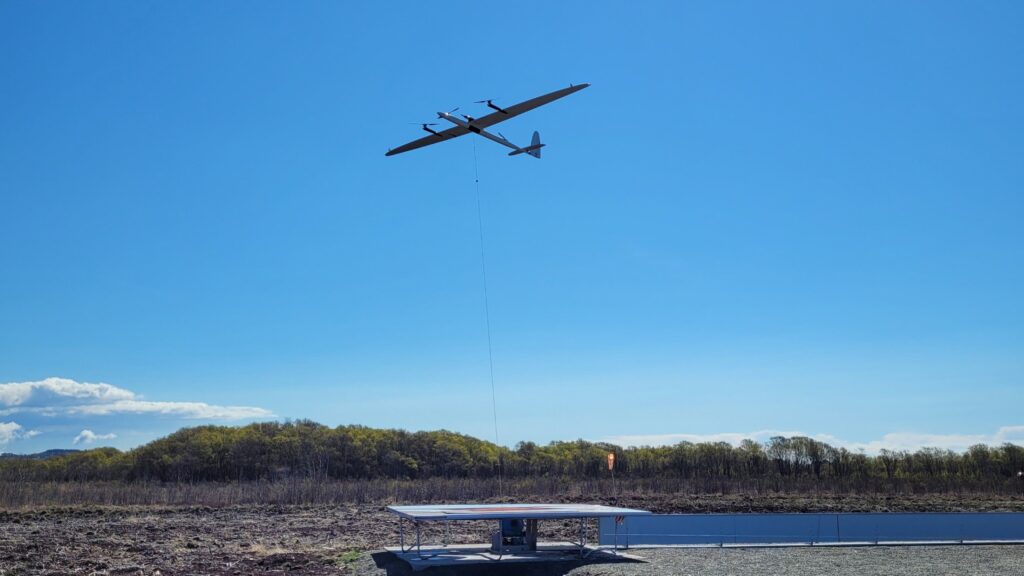New research into airborne wind energy systems, funded by a major EPSRC grant, aims to harness wind energy at high altitudes using unmanned aerial vehicles, with the aim of overcoming system stability challenges and improving commercial viability, supporting the UK’s net zero emissions targets. Image of the Kitemill drone prototype in action. Credit: Kitemill
dr. Duc H. Nguyen has been awarded funding to research airborne wind energy systems, with the aim of improving their safety and efficiency for potential commercialization and playing an important role in achieving net zero emissions in the UK.
Drones could play a key role in meeting the UK’s net zero emissions targets by harvesting wind energy. Dr Duc H. Nguyen, Senior Lecturer in Flight Dynamics and Control at the University of Bristol, has been awarded a £375,000 grant from the Engineering and Physical Sciences Council (EPSRC) to further research into Flying Wind Systems (AWES).
By attaching a drone to a ground station, AWES harvests wind energy at higher altitudes than conventional wind turbines. A strong wind blows the drone away from the ground station, starts the generator and produces electricity.
This technology can benefit the UK energy sector by reducing its carbon footprint, providing flexibility onshore and offshore and improving the ability to operate in remote areas.
To produce the most power, the AWES must fly in complex patterns while exposed to strong aerodynamic forces. This arrangement creates a complex system with awkward handling characteristics: a minor misjudgment could cause the drone to fall to the ground.
This is the challenge that Dr. Nguyen and his colleagues hope to address during this project. By improving the safety and efficiency of AWES, the project hopes to pave the way for the commercialization of AWES.
The potential and pitfalls of AWES
dr. Nguyen, from the School of Civil, Aerospace Engineering and Design, explained: “Aerial wind energy has huge potential and is expected to generate €70 billion of electricity annually by 2050. However, it is still an emerging technology. In many cases, a compromise was made: new models were quickly deployed for test flights before their flight characteristics were fully understood. This prevented many AWES prototypes from reaching full operational capability, leading to premature termination of the program and hindering commercialization. This project seeks to address this challenge using bifurcation and continuation methods.

Dr Duc Nguyen with Kitemill founders Jon Gjerde (left) and Thomas Hårklau (right) at the Airborne Wind Energy 2024 conference Credit: Kitemill/Dr Duc Nguyen
These numerical techniques have been successfully used in aircraft dynamic studies to predict hazardous behaviors such as pilot-induced oscillations, flutter, and spin.
dr. Nguyen concluded, “By replacing existing techniques with bifurcation methods, AWES can achieve significant cost savings and improved performance, ultimately bringing this technology closer to commercialization. »
In addition to EPSRC funding, the project also benefits from collaboration with two leading players in the sector, the Norwegian startup Kitemill and the Carlos III University of Madrid.
Thomas Hårklau, co-founder and CEO of Kitemill, added: “The launch and successful financing of this AWES project is an important development in the renewable energy sector. AWES technology, with its exceptional material efficiency and higher energy yields, has the potential to become a dominant force in the energy sector. We are delighted to be working with Duc Nguyen and the University of Bristol on this initiative. This project not only advances the UK’s net zero emissions mission, but also ensures UK competence in this emerging sector. Together we want to respond to the current challenges and pave the way for the commercialization of AWES.
